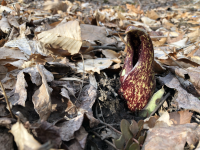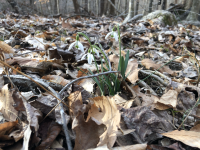In an effort to completely derail this thread:
I've recently started reading some Joan Didion who was also from the Sacramento area and, as I'm sure you know, wrote a lot about it. Just curious if you've read her writing and what you think of it, being a fellow Sacramenton and all. I believe she must have been one generation older than you?
Alan
Alan,
My father, from when I was very young, took me to the library on a weekly basis. I read mostly classical fiction growing up: Defoe, Melville, Poe, Hawthorne, Dickens, James Fenimore Cooper, Jack London, Fitzgerald, Hemingway. I did read lighter material later on from Ian Fleming. I was certainly aware of Didion, but rarely read opinion or observational works. Although I did read, and enjoy books such as Carson’s Silent Spring and Leopold’s A Sand County Almanac, which I loved. Interestingly, when at Berkeley, I took a graduate course in wildlife ecology from A. Starker Leopold, one of Aldo Leopold’s sons. I thought it was just ok, but not up to the standard of his father. But then, what do I know?
In an attempt to put this thread back on track, I wonder how people approach identifying flora. Do you use both common and scientific names? When I was a student, the mantra was that scientific nomenclature knowledge was essential, because they never changed and were ubiquitous. On the other hand, common names varied widely for the same plant. It turns out that the opposite has been true. Common names have remained relatively constant, while scientific names have changed substantially. At the University of British Columbia, I taught grassland ecology and range management. The most important climax grassland plant was bluebunch wheatgrass (Agropyron spicatum). It is still known as bluebunch wheatgrass, but its scientific name is now Pseudoreoegneria spicata. I didn’t know there was a roegneria, let alone a pseudoroegneria. Many, many more examples exist. I am too old to learn new scientific names.


